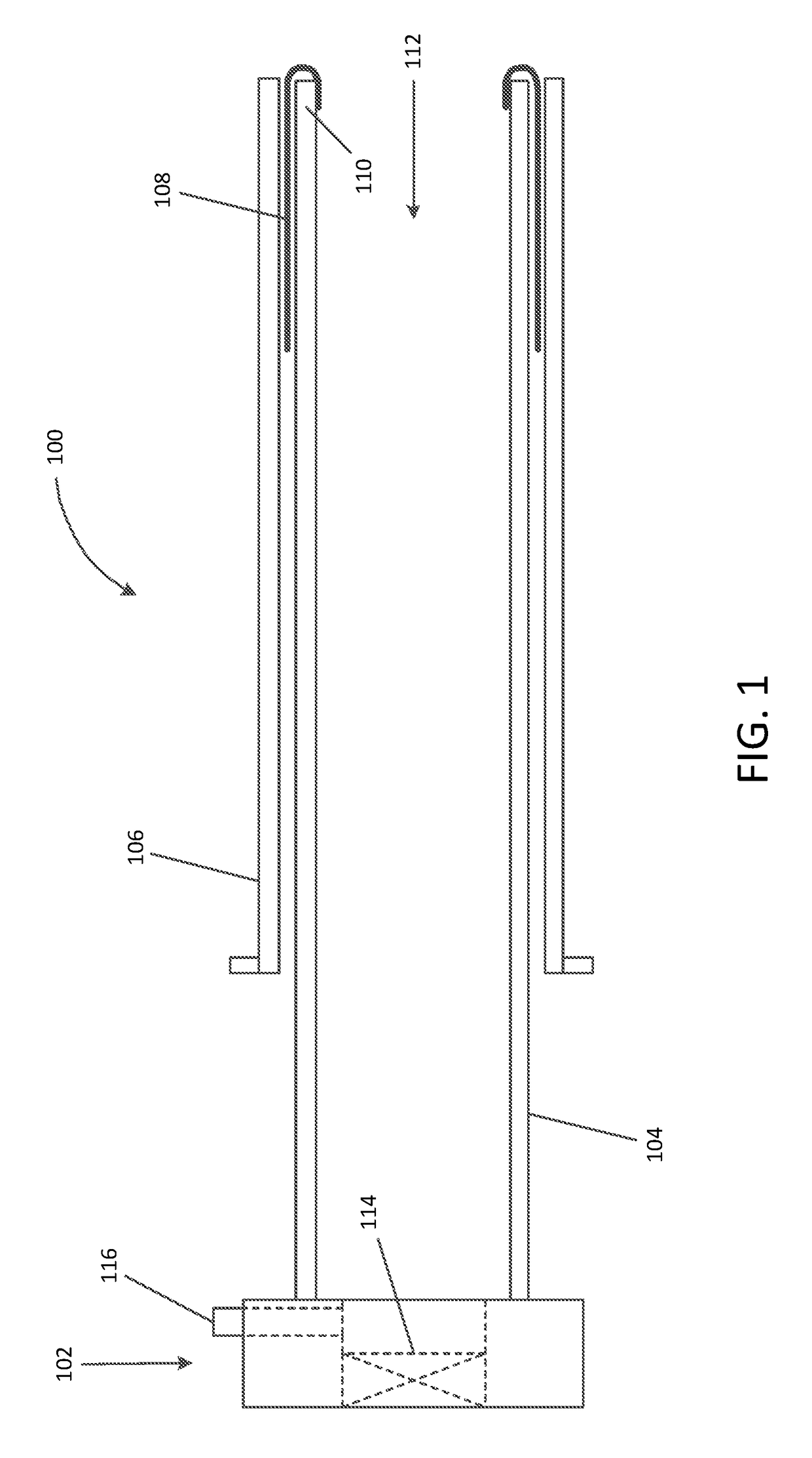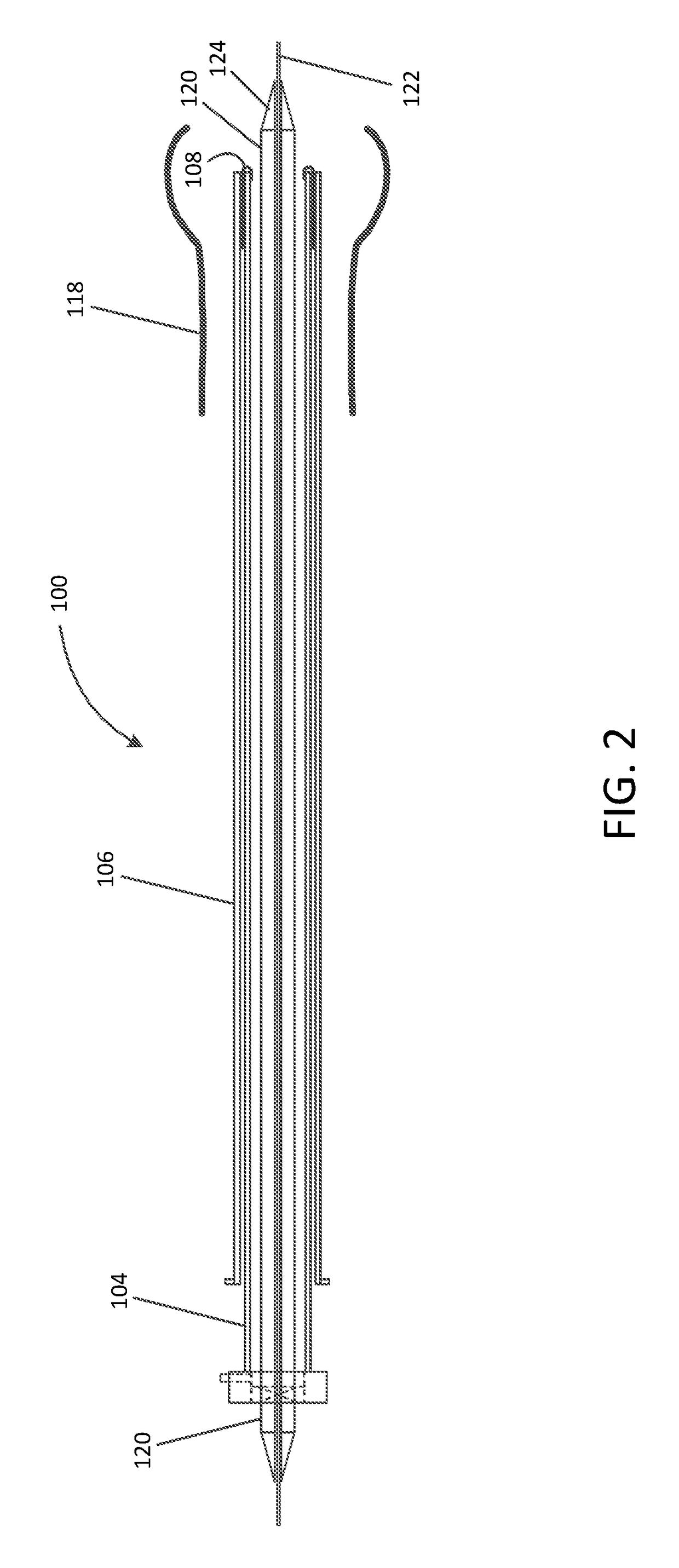Valve replacement devices
a valve and valve technology, applied in the field of valve replacement devices, can solve the problems of existing embolic prevention devices, elderly patients with frailty, and other patients who may not have acute clinical deterioration but may suffer late effects, and most often elderly with frailty
- Summary
- Abstract
- Description
- Claims
- Application Information
AI Technical Summary
Benefits of technology
Problems solved by technology
Method used
Image
Examples
Embodiment Construction
[0054]In the following description, various embodiments of the present invention will be described. For purposes of explanation, specific configurations and details are set forth in order to provide a thorough understanding of the embodiments. However, it will also be apparent to one skilled in the art that the present invention may be practiced without the specific details. Furthermore, well-known features may be omitted or simplified in order not to obscure the embodiment being described.
[0055]Referring now to the drawings, in which like reference numerals represent like parts throughout the several views, FIG. 1 is a simplified schematic drawing illustrating an embolic material blocking catheter 100 in an insertion configuration suitable for insertion into a blood vessel of a patient via any suitable insertion route, in accordance with many embodiments. The embolic material blocking catheter 100 includes a handle assembly 102, an elongated main tube 104, a retention sleeve 106, a...
PUM
 Login to View More
Login to View More Abstract
Description
Claims
Application Information
 Login to View More
Login to View More - R&D
- Intellectual Property
- Life Sciences
- Materials
- Tech Scout
- Unparalleled Data Quality
- Higher Quality Content
- 60% Fewer Hallucinations
Browse by: Latest US Patents, China's latest patents, Technical Efficacy Thesaurus, Application Domain, Technology Topic, Popular Technical Reports.
© 2025 PatSnap. All rights reserved.Legal|Privacy policy|Modern Slavery Act Transparency Statement|Sitemap|About US| Contact US: help@patsnap.com



